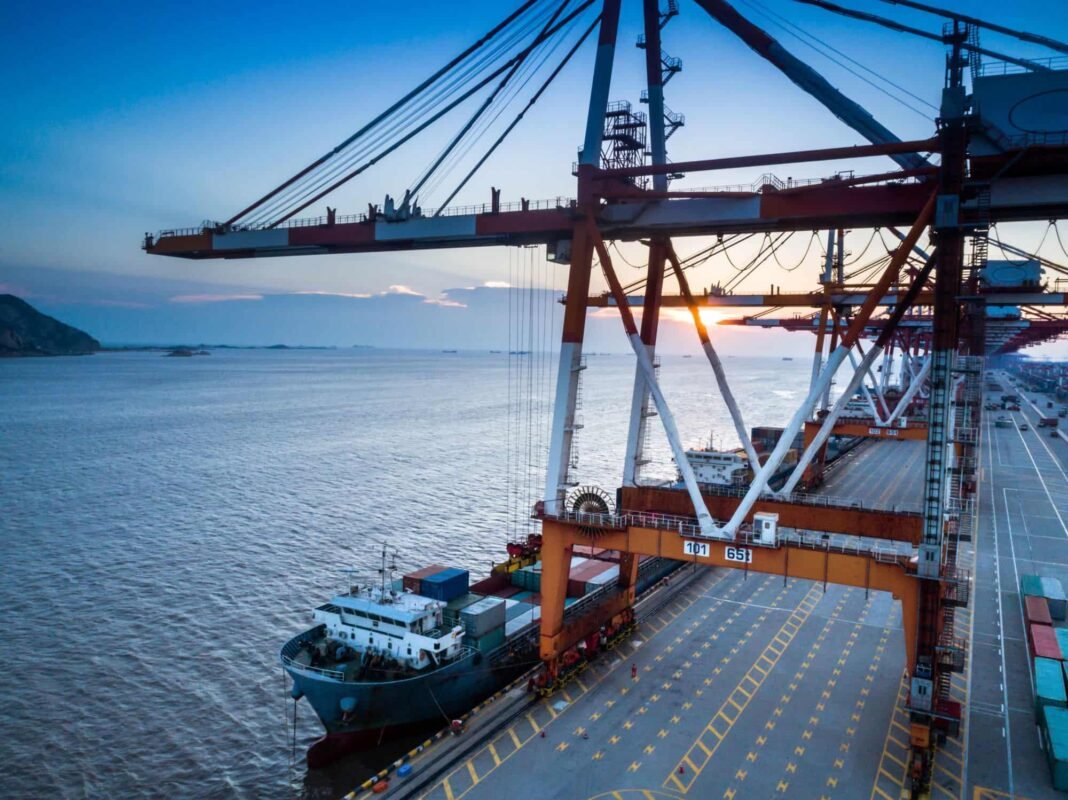In the rapidly advancing digital realm, the integration of Maritime Connectivity with Edge Computing is revolutionizing the operations of cruise ships and the broader maritime sector.
This incorporation of edge computing into onboard systems is effectively tackling persistent connectivity issues, improving operational efficiency, and transforming the experiences of passengers.
By utilizing this cutting-edge technology, maritime operators are effectively closing the digital gap between offshore and onshore connectivity, thereby providing a seamless communication experience while at sea.
The Advancement of Maritime Connectivity
Cruise ships navigate intricate environments where ensuring dependable connectivity poses significant challenges. Conventional satellite communication systems often experience high latency, limited bandwidth, and variable service quality.
The frequent transition between near-shore cellular networks and satellite connections can disrupt digital services, complicating connectivity for both passengers and crew members.
The disparity between onshore connectivity standards and maritime capabilities has been a longstanding issue. However, the advent of Maritime Connectivity with Edge Computing offers a groundbreaking solution.
By enabling local data processing, vessels can markedly decrease their reliance on high-latency cloud systems, thereby enhancing both operational efficiency and the overall passenger experience.
How Edge Computing Enhances Maritime Operations
Reducing Latency and Optimizing Bandwidth
A significant advantage of edge computing lies in its capacity to process data directly on board vessels, thereby decreasing reliance on continuous satellite communications.
This reduction in latency and optimization of bandwidth ensures that critical operations can persist even in the event of satellite link interruptions. By leveraging distributed computing frameworks, maritime vessels can:
- Analyze essential data locally, thereby minimizing delays.
- Facilitate real-time monitoring and predictive maintenance.
- Improve digital services, including onboard entertainment and internet connectivity.
These enhancements contribute to a more fluid and efficient digital experience, ensuring that passengers enjoy a dependable and seamless journey while at sea.
Designing Resilient Maritime Systems
The implementation of edge computing on cruise ships presents certain challenges. The maritime environment introduces specific limitations, such as:
- Restricted physical space for data centers.
- Adverse environmental conditions, including elevated humidity and temperature fluctuations.
- The necessity for energy-efficient cooling systems to sustain optimal performance.
To overcome these challenges, engineers are innovating compact and robust hardware solutions tailored to endure the rigors of maritime conditions.
These developments guarantee that edge computing systems operate effectively, even in the most demanding environments.
Agile Implementation for Seamless Integration
Embracing an agile methodology is essential for the successful integration of edge computing on ships. By utilizing iterative sprint cycles, developers can:
- Implement systems incrementally, thereby reducing potential disruptions.
- Gather immediate feedback to enhance and fine-tune solutions.
- Ensure that technological advancements align with operational needs.
Moreover, the combination of conventional hardware installation with agile software development enables vessels to adopt state-of-the-art technology while adhering to stringent operational timelines.
Training for staff and the establishment of risk mitigation strategies further bolster the adaptability and reliability of these systems.
The Influence of Edge Computing on Maritime Operations
Enhanced Passenger Experience
Through the integration of Maritime Connectivity with Edge Computing, cruise lines have markedly improved the experiences of their passengers. This technological advancement has resulted in:
- Quicker application response times, thereby enhancing digital interactions.
- More efficient bandwidth utilization, which lowers internet expenses while preserving high-quality service.
- Increased customer satisfaction, as indicated by onboard survey results.
With response times reduced from seconds to mere milliseconds, passengers can now benefit from uninterrupted streaming, seamless mobile connectivity, and expedited access to onboard services.

Cost Efficiency and Operational Effectiveness
In addition to improving passenger experiences, edge computing provides significant cost advantages. Cruise ships that have adopted this technology have experienced:
- A 25–35% decrease in communication costs through optimized satellite link usage.
- Enhanced efficiency in fuel management and predictive maintenance, contributing to overall cost reductions.
- A return on investment generally realized within two years of implementation.
These operational improvements underscore the financial benefits of edge computing for the maritime sector.
Future Prospects for Maritime Edge Computing
The landscape of Maritime Connectivity through Edge Computing is positioned for significant transformation. The integration of cutting-edge technologies such as artificial intelligence (AI) and 5G is expected to drive remarkable progress within the maritime sector.
Contemporary vessels are increasingly equipped with IoT sensors that gather extensive data. When integrated with edge computing, these sensors facilitate:
- Real-time analytics that enhance decision-making processes.
- Autonomous adjustments to operations, thereby improving efficiency.
- Predictive maintenance features that minimize downtime and mitigate operational risks.
The synergy between 5G networks and low-earth orbit (LEO) satellites is anticipated to transform maritime communication. The establishment of hybrid networks that merge terrestrial and satellite technologies will:
- Improve data throughput and reliability.
- Ensure uninterrupted internet access for both passengers and crew.
- Foster the development of innovative digital services, including sophisticated AI-driven applications.
As these technologies advance, the maritime sector will experience even more significant enhancements in connectivity, effectively narrowing the divide between land and sea.
Expert Editorial Comment
Jayaram Bhogi’s investigation into edge computing within cruise ship environments highlights a pivotal change in Maritime Connectivity with Edge Computing.
By tackling issues such as high latency, bandwidth constraints, and inconsistent communication, edge computing is establishing new standards for digital transformation in the maritime industry.
Through the adoption of agile methodologies, advanced computing frameworks, and strategic implementation, vessels are now capable of delivering enhanced digital experiences and operational effectiveness.
As technological innovations continue to unfold, the maritime industry is set to become increasingly interconnected, efficient, and ready for future challenges.

